Home>Construction & Tools>Building Materials>How To Get Moss Off Of Brick
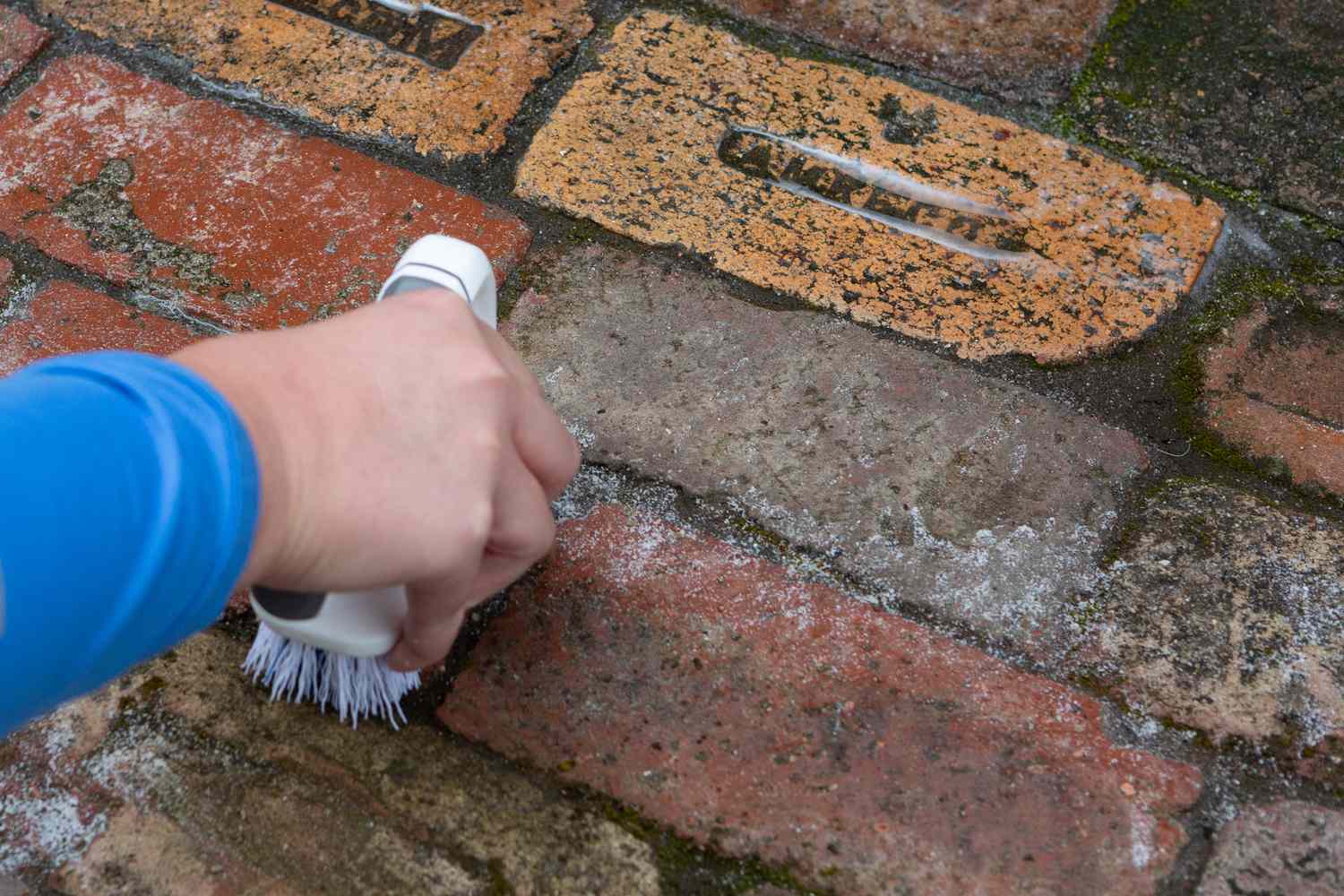

Building Materials
How To Get Moss Off Of Brick
Modified: January 24, 2024
Learn effective methods for removing moss from brick surfaces. Discover safe and efficient techniques using common building materials. Say goodbye to moss and restore the beauty of your brick exteriors!
(Many of the links in this article redirect to a specific reviewed product. Your purchase of these products through affiliate links helps to generate commission for Storables.com, at no extra cost. Learn more)
Introduction
Welcome to the world of brick maintenance, where the battle against moss is a common concern for many homeowners and property managers. Moss growth on brick surfaces not only diminishes the visual appeal of the property but can also lead to structural issues if left unaddressed. In this comprehensive guide, we will delve into the nature of moss, explore effective methods for removing it from brick, and discuss preventative measures to keep it at bay. Whether you’re dealing with a few patches of moss or a more widespread infestation, this article will equip you with the knowledge and solutions needed to restore the beauty and integrity of your brick surfaces.
Key Takeaways:
- Say goodbye to moss on your brick surfaces! Learn natural and chemical methods for removal, and implement preventative measures to keep your property pristine and structurally sound.
- Harness the power of natural solutions like white vinegar and baking soda, or opt for chemical treatments to effectively remove moss from brick. Prevent regrowth by managing moisture and applying protective treatments.
Read more: How To Clean Moss Off Brick Pavers
Understanding Moss
Moss is a simple, non-vascular plant that thrives in damp, shady environments. It reproduces through spores and can establish itself on a wide range of surfaces, including brick, concrete, and wood. When it comes to brick surfaces, moss tends to take hold in areas with high moisture content and limited exposure to sunlight. This often occurs in shaded corners, on north-facing walls, and in areas where water runoff is prevalent.
One of the key characteristics of moss is its ability to retain moisture. This can be detrimental to bricks, as prolonged exposure to moisture can lead to efflorescence, a process where salt deposits form on the surface as the water evaporates. Additionally, the presence of moss can accelerate the weathering of brick mortar, potentially compromising the structural integrity of walls and other brick features.
Understanding the nature of moss is crucial in developing effective strategies for its removal and prevention. By gaining insight into the environmental conditions that favor moss growth and the impact it can have on brick surfaces, you’ll be better equipped to tackle this common nuisance.
Methods for Removing Moss from Brick
When it comes to removing moss from brick, several methods can be employed, each with its own set of advantages and considerations. Whether you prefer natural remedies or chemical solutions, there are effective ways to restore the pristine appearance of your brick surfaces.
Before embarking on the moss removal process, it’s important to assess the extent of the infestation. For small patches of moss, manual removal methods may suffice, while larger areas may require more intensive treatments. Here are some effective methods for removing moss from brick:
- Manual Scrubbing: For localized moss growth, a stiff-bristled brush or scraper can be used to physically remove the moss from the brick surface. This method is labor-intensive but can be highly effective for small, manageable areas.
- Pressure Washing: Utilizing a pressure washer with a suitable nozzle and psi (pounds per square inch) setting can help dislodge and wash away moss from brick surfaces. Care should be taken to avoid using excessive pressure, which can damage the brick and mortar.
- Wire Brushing: Similar to manual scrubbing, a wire brush can be employed to remove moss from brick. This method is effective for targeted areas and can be particularly useful for removing stubborn moss growth from mortar joints.
- Chemical Treatments: Various chemical solutions are available for moss removal, ranging from mild household ingredients to commercial moss-killing products. These treatments are applied to the affected areas and left to penetrate the moss before being rinsed off.
Each of these methods has its own set of considerations, including the potential impact on surrounding vegetation, the need for protective gear, and the level of expertise required. When choosing a removal method, it’s essential to prioritize the preservation of the brick surface while effectively eliminating the moss infestation.
Now that we’ve explored the various methods for removing moss from brick, let’s delve into the specific approaches using natural and chemical solutions.
Using Natural Solutions
For those who prefer environmentally friendly and non-toxic approaches to moss removal, natural solutions offer effective alternatives to chemical treatments. These methods harness the power of common household ingredients and natural elements to combat moss growth on brick surfaces.
One popular natural solution for moss removal involves the use of white vinegar. With its acidic properties, white vinegar can help break down and loosen moss from brick, making it easier to remove. To apply this method, simply fill a spray bottle with undiluted white vinegar and generously saturate the affected areas. Allow the vinegar to sit for a period of time, ideally several hours or overnight, to maximize its moss-dissolving effects. Once the moss has been sufficiently treated, it can be scrubbed or rinsed away using a gentle water stream.
Another natural remedy for moss removal is the use of baking soda. This versatile household ingredient not only helps to inhibit moss growth but also serves as an effective cleaning agent. To create a moss-fighting solution, mix baking soda with water to form a paste and apply it directly to the affected brick surfaces. After allowing the paste to sit for a period of time, scrub the area with a brush or sponge to dislodge the moss and reveal clean, refreshed brick underneath.
In addition to white vinegar and baking soda, the power of sunlight can also play a role in naturally deterring moss growth. By trimming back overhanging vegetation and strategically allowing more sunlight to reach the affected brick surfaces, you can create an environment less conducive to moss proliferation. This simple yet effective approach can complement other moss removal methods and contribute to long-term prevention.
When utilizing natural solutions for moss removal, it’s important to exercise patience and consistency. While these methods may take longer to show visible results compared to chemical treatments, they offer the benefit of being gentle on the environment and safe for surrounding vegetation. By incorporating natural solutions into your moss removal regimen, you can achieve a clean and moss-free brick facade while minimizing the impact on the ecosystem.
Mix equal parts of water and white vinegar in a spray bottle. Spray the mossy areas and let it sit for 15-20 minutes. Scrub the moss off with a stiff brush. Repeat if necessary.
Using Chemical Solutions
Chemical solutions provide a powerful means of combating moss growth on brick surfaces, offering quick and targeted removal of moss infestations. These treatments are formulated to effectively eradicate moss while minimizing the need for extensive manual labor. When using chemical solutions for moss removal, it’s important to prioritize safety, follow manufacturer instructions, and consider the potential impact on surrounding vegetation.
One commonly used chemical solution for moss removal is sodium hypochlorite, more commonly known as bleach. When diluted with water, bleach can be applied to moss-covered brick surfaces to kill and loosen the moss, facilitating its removal. It’s crucial to exercise caution when working with bleach, as it can be harmful to plants and may require protective gear such as gloves and eye protection.
Another effective chemical treatment for moss eradication is the use of commercial moss-killing products. These specialized formulations are designed to target moss while minimizing harm to the underlying brick and surrounding environment. When using commercial moss-killing products, carefully read and follow the instructions provided by the manufacturer to ensure safe and effective application.
In addition to bleach and commercial moss-killing products, certain chemical solutions containing potassium salts of fatty acids can also be utilized for moss removal. These bio-degradable, soap-based treatments work by disrupting the cell structure of moss, leading to its decay and eventual removal from brick surfaces. When using such solutions, it’s important to apply them as directed and consider their long-term impact on the treated areas.
Chemical solutions offer a potent and expedient approach to moss removal, making them particularly suitable for larger infestations and hard-to-reach areas. However, it’s essential to weigh the benefits of swift moss eradication against the potential environmental impact and the need for careful handling and application.
Now that we’ve explored the use of chemical solutions for moss removal, let’s turn our attention to preventative measures aimed at inhibiting moss regrowth on brick surfaces.
Read more: How To Get Moss Off Roof
Preventing Moss from Growing Back
After successfully removing moss from brick surfaces, it’s essential to implement preventative measures to inhibit its regrowth. By addressing the underlying factors that contribute to moss proliferation, you can effectively safeguard your brick structures against future infestations. Preventative strategies encompass environmental modifications, routine maintenance, and the application of protective treatments to deter moss from taking hold once again.
One key aspect of moss prevention involves managing the moisture levels around brick surfaces. Proper drainage and ventilation play a crucial role in minimizing dampness, which is conducive to moss growth. Clearing gutters, redirecting downspouts away from brick walls, and ensuring proper grading around the property can help mitigate excess moisture and reduce the likelihood of moss recurrence.
Trimming back overhanging vegetation and strategically pruning trees and shrubs can also contribute to moss prevention. By allowing more sunlight to reach the brick surfaces, you can create an environment less hospitable to moss while enhancing the overall aesthetics of the property. Additionally, regular removal of leaves, debris, and organic matter from brick surfaces can prevent the accumulation of materials that promote moss growth.
Applying protective treatments to brick surfaces can further deter moss from regaining a foothold. Clear, breathable sealants designed specifically for brick can help create a barrier that inhibits moss attachment and simplifies the removal of organic matter. These sealants should be applied according to manufacturer guidelines, taking care to avoid trapping moisture within the brick structure.
For ongoing moss prevention, the use of zinc or copper strips along the top courses of brick walls can provide long-term protection against moss regrowth. As rainwater interacts with these metal strips, small amounts of zinc or copper ions are released, creating an environment inhospitable to moss and algae. This proactive approach can offer sustained moss prevention without the need for frequent maintenance.
By combining environmental modifications, routine maintenance, and targeted protective treatments, you can create an inhospitable environment for moss growth while preserving the integrity and visual appeal of your brick surfaces. Implementing these preventative measures will not only prolong the moss-free appearance of your property but also contribute to the long-term health and durability of your brick structures.
Conclusion
In the battle against moss on brick surfaces, arming yourself with knowledge and effective strategies is key to maintaining the beauty and structural integrity of your property. By understanding the nature of moss and its impact on brick, exploring various removal methods, and implementing preventative measures, you can effectively manage and prevent moss infestations.
Whether you opt for natural solutions, chemical treatments, or a combination of both, the goal remains the same: to restore and preserve the pristine appearance of your brick surfaces. Natural remedies such as white vinegar and baking soda offer environmentally friendly alternatives, while chemical solutions provide potent and targeted moss removal. It’s essential to weigh the benefits and considerations of each approach to determine the most suitable method for your specific needs.
Furthermore, the implementation of preventative measures, such as managing moisture levels, enhancing sunlight exposure, and applying protective treatments, is crucial in safeguarding your brick surfaces against future moss growth. By taking a proactive stance on moss prevention, you can prolong the cleanliness and visual appeal of your property while mitigating potential structural issues associated with moss infestations.
As you navigate the realm of moss removal and prevention, remember that regular maintenance and attentive care are essential in preserving the timeless allure of brick architecture. By staying informed and proactive, you can ensure that moss remains at bay, allowing the natural beauty and enduring charm of brick to shine through.
With the knowledge and insights gained from this guide, you are well-equipped to tackle moss on brick surfaces with confidence and efficacy, reclaiming the splendor of your property and enjoying the enduring allure of brick for years to come.
Frequently Asked Questions about How To Get Moss Off Of Brick
Was this page helpful?
At Storables.com, we guarantee accurate and reliable information. Our content, validated by Expert Board Contributors, is crafted following stringent Editorial Policies. We're committed to providing you with well-researched, expert-backed insights for all your informational needs.
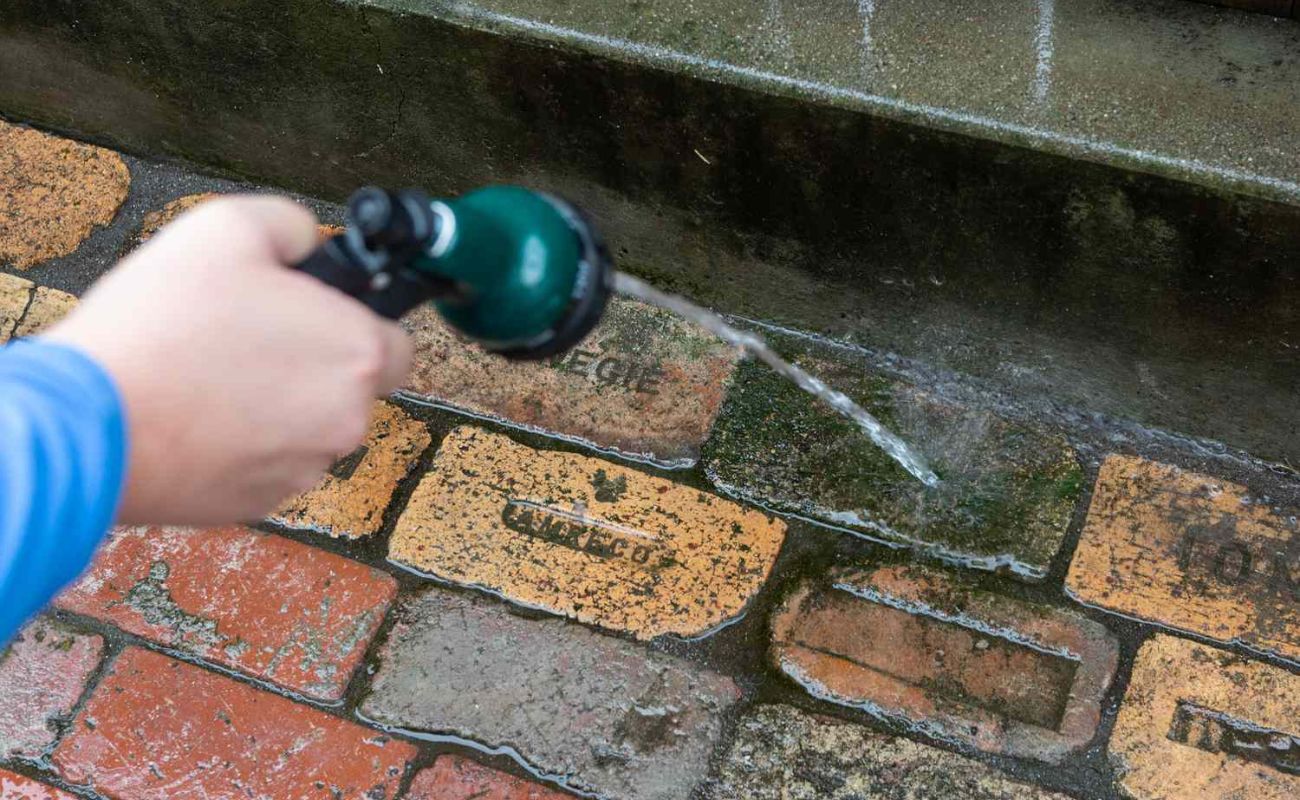
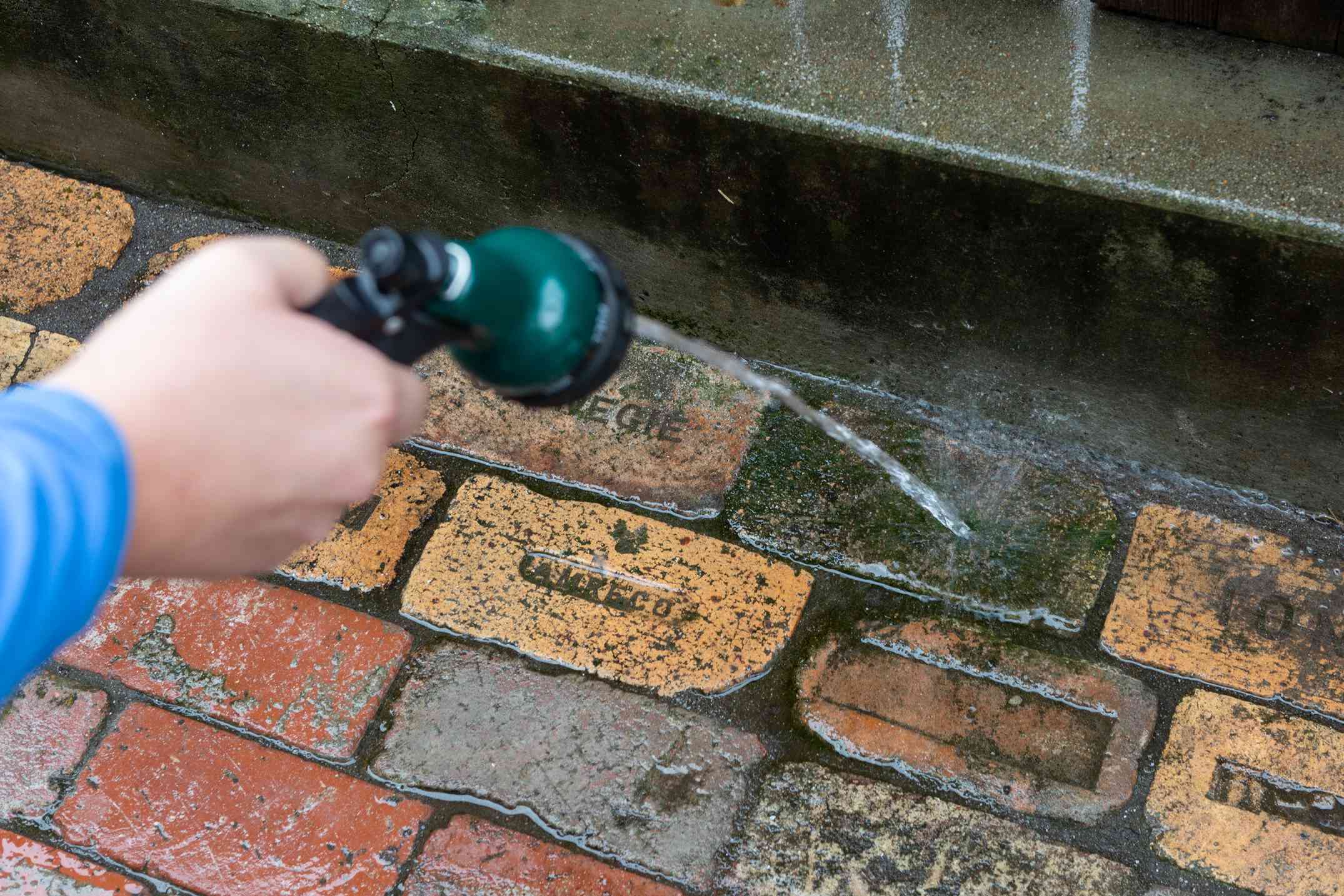
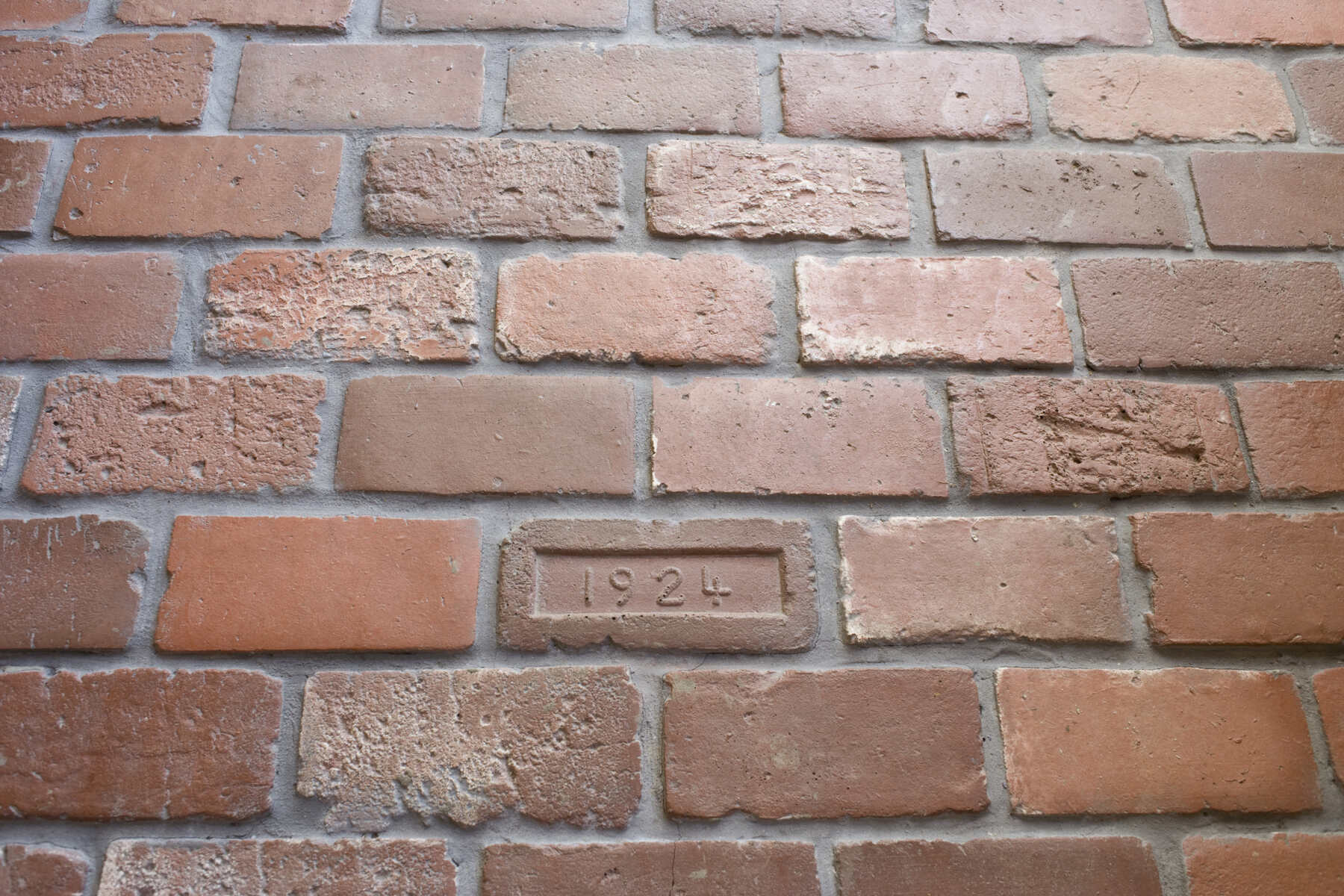
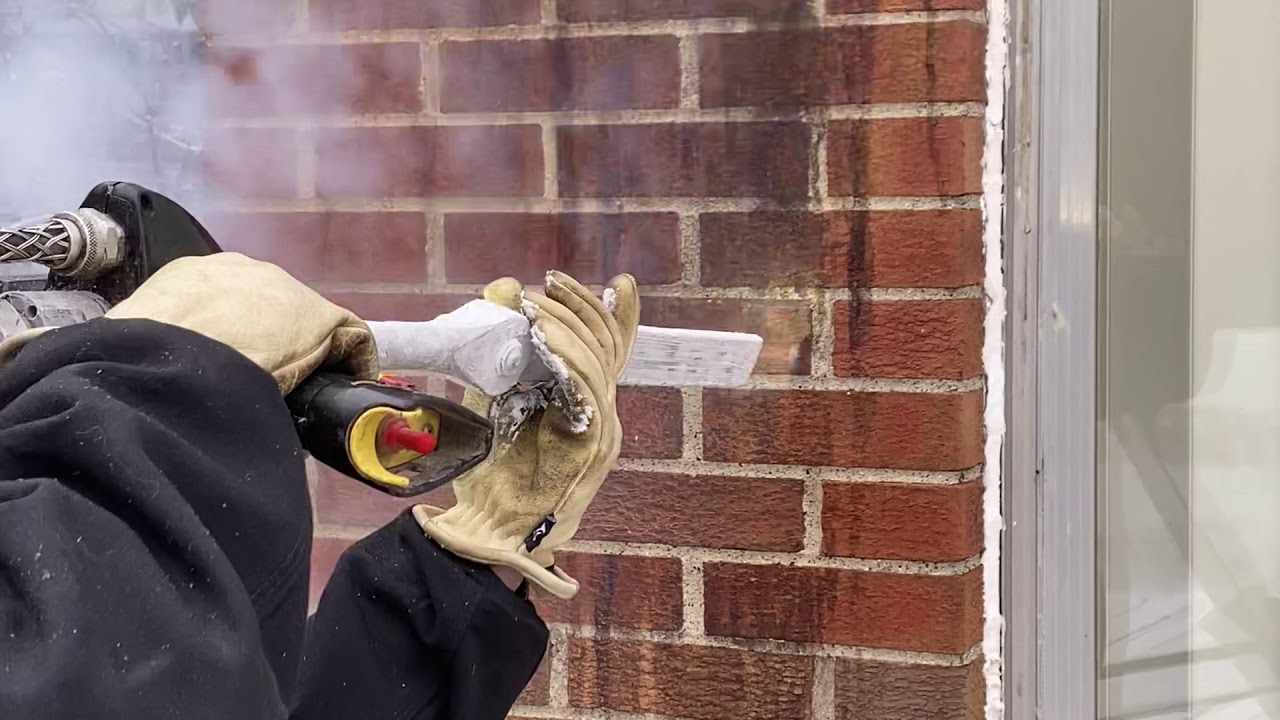
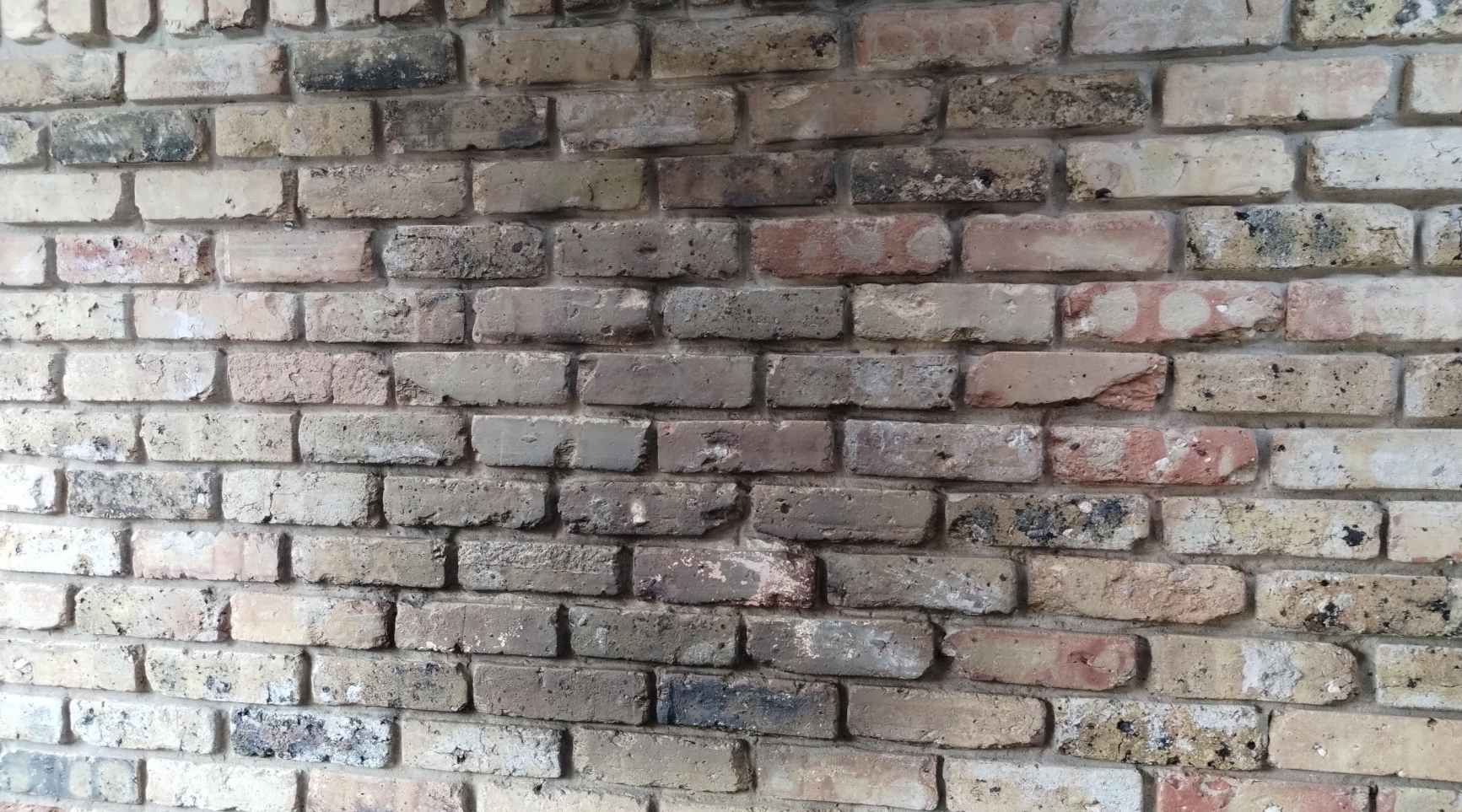
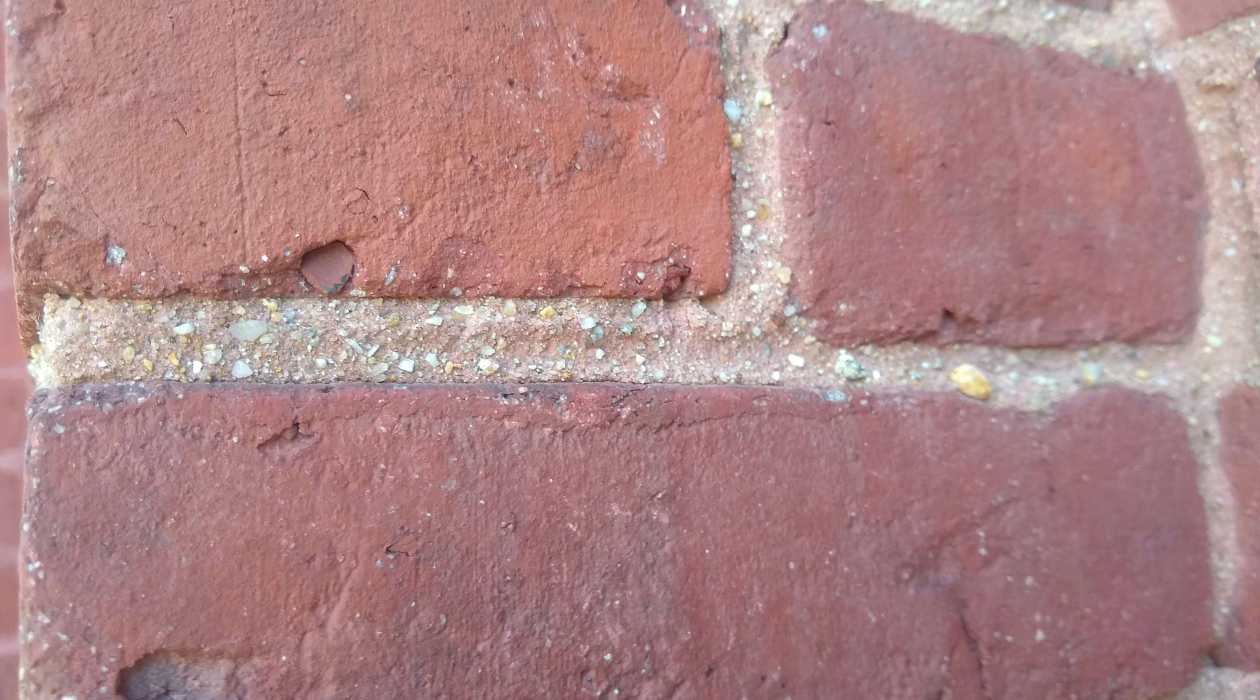
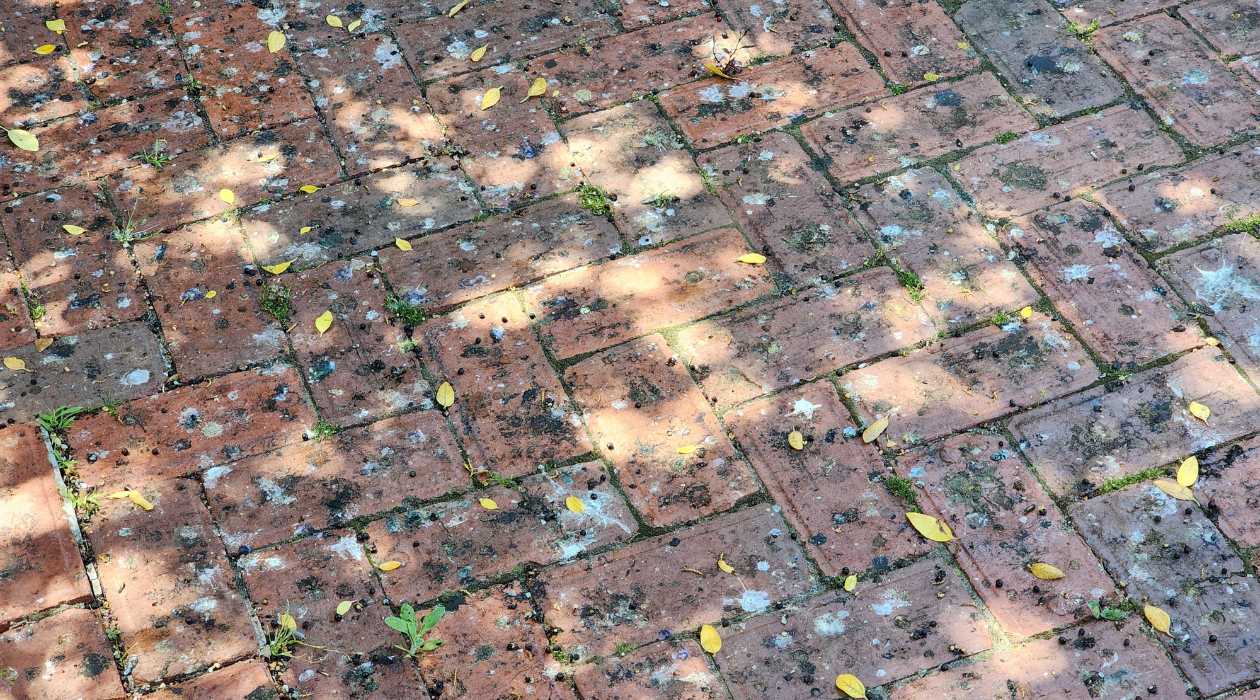
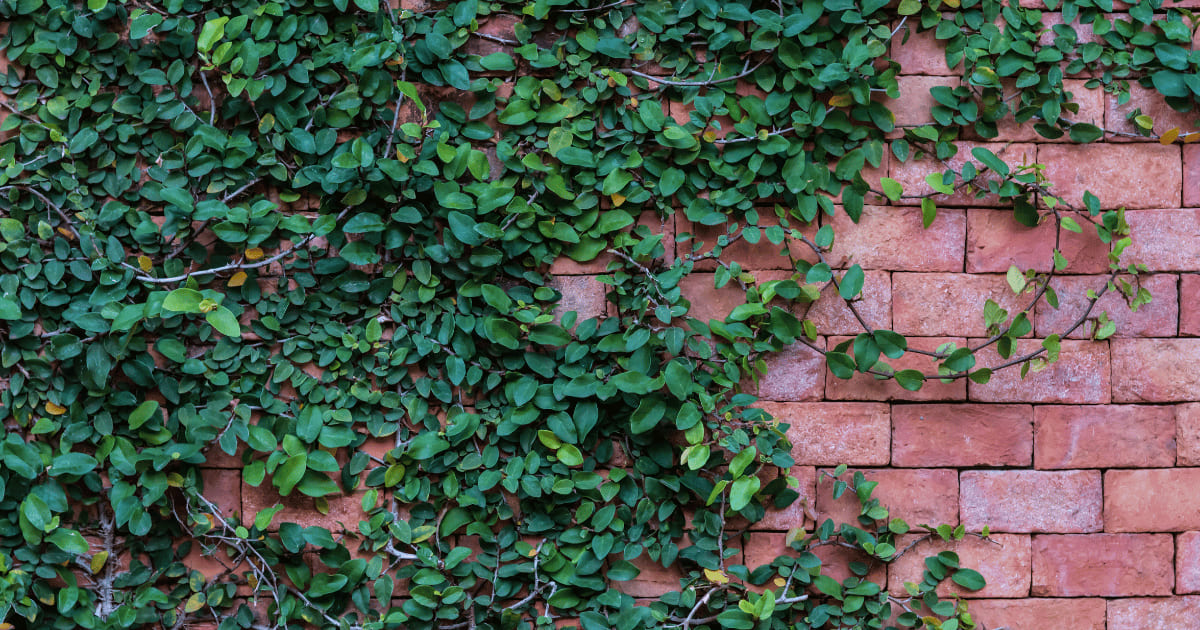
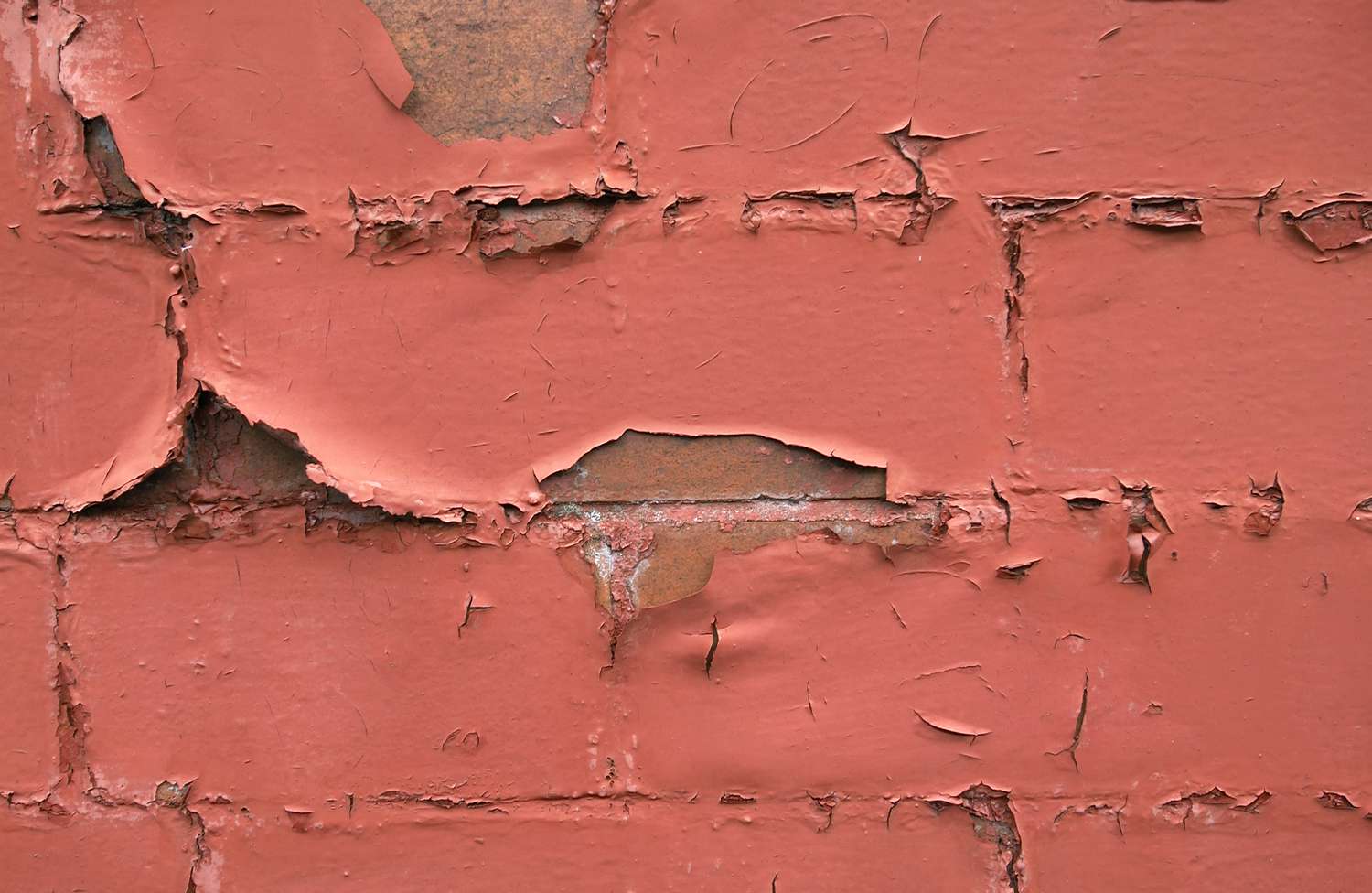
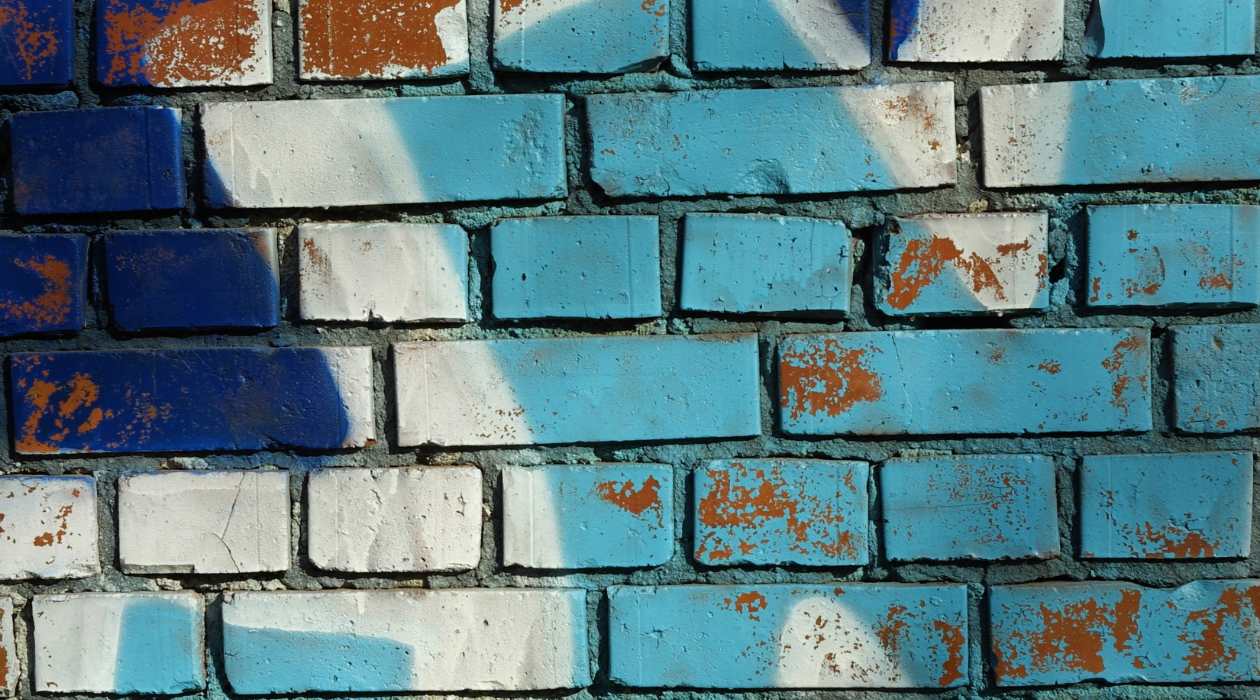
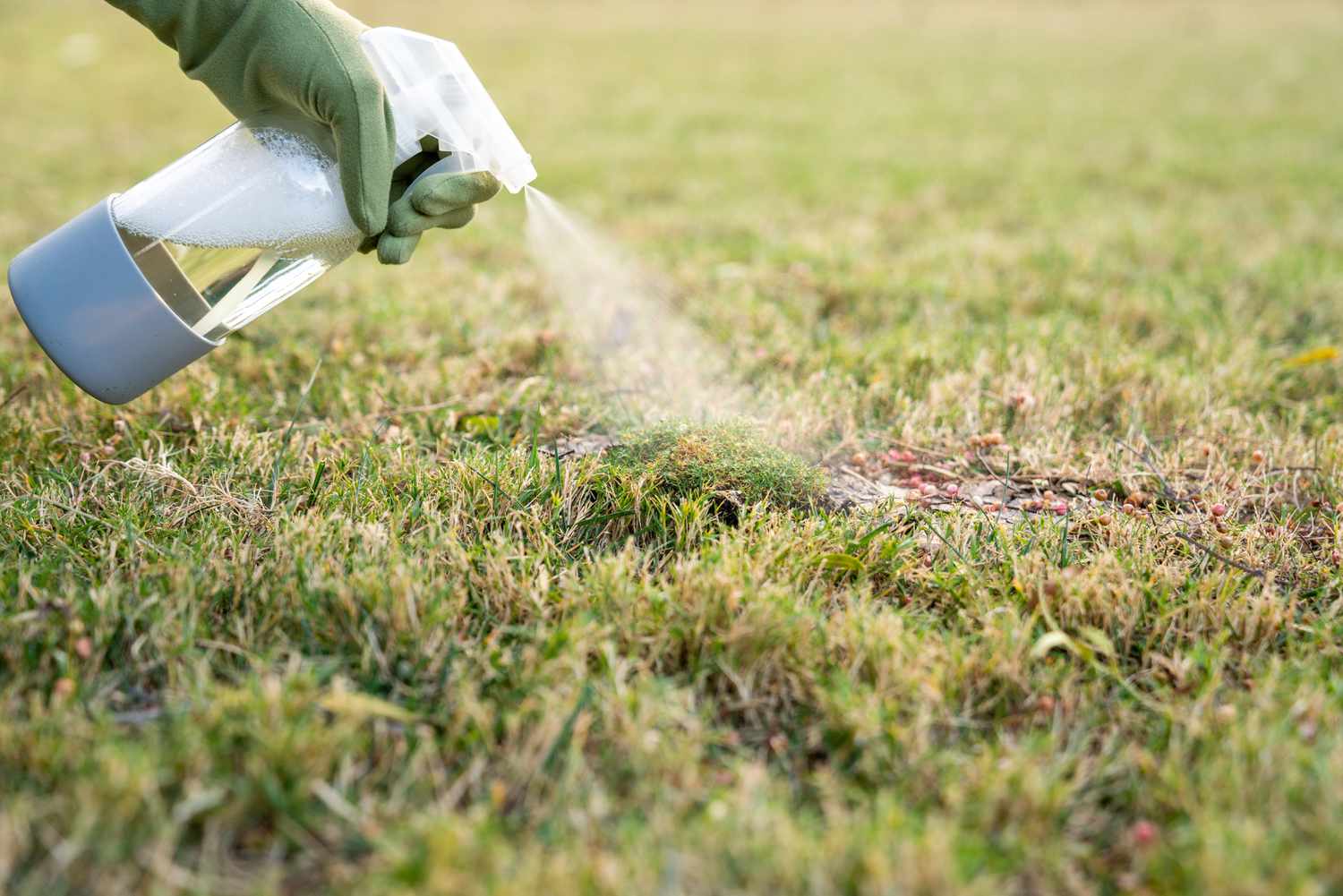
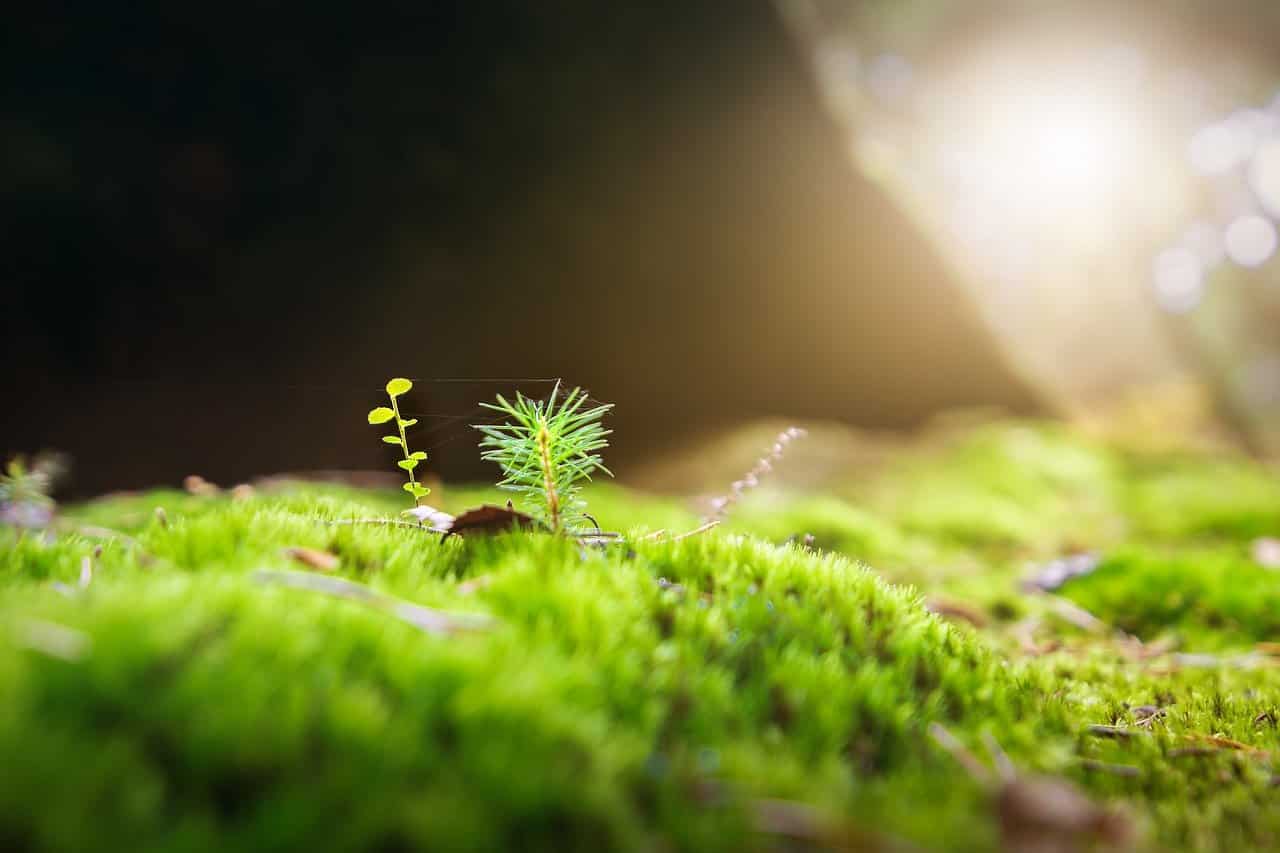

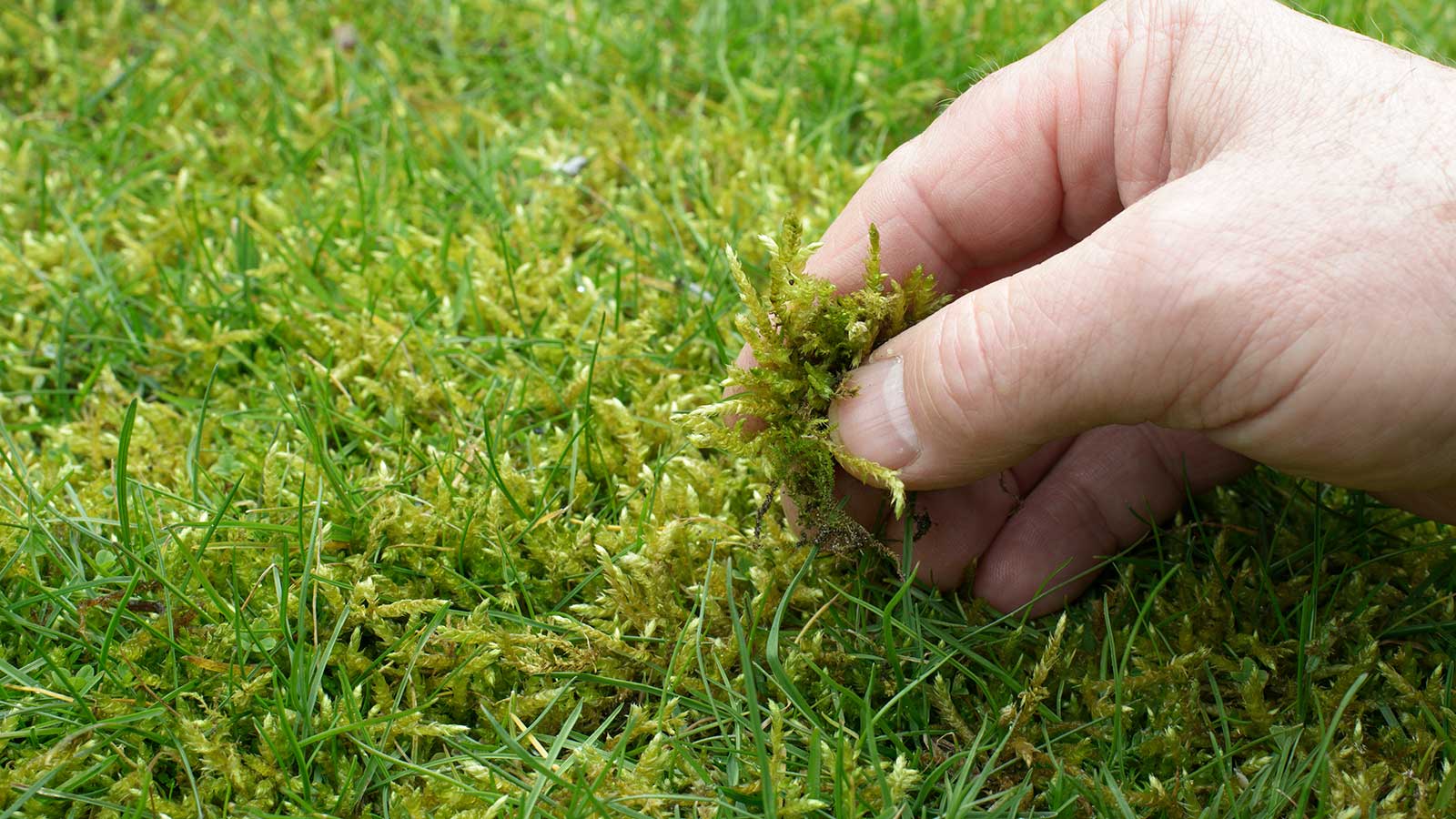

0 thoughts on “How To Get Moss Off Of Brick”